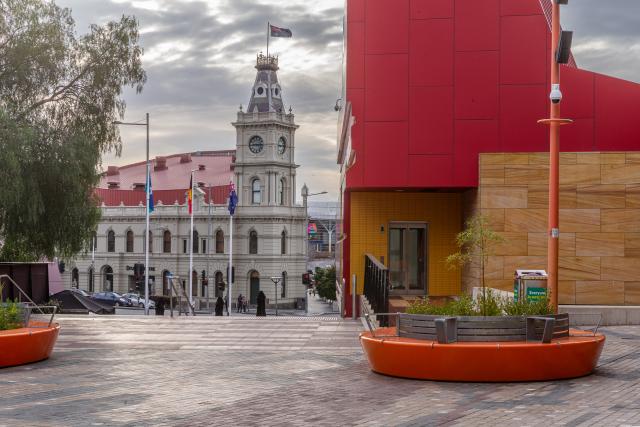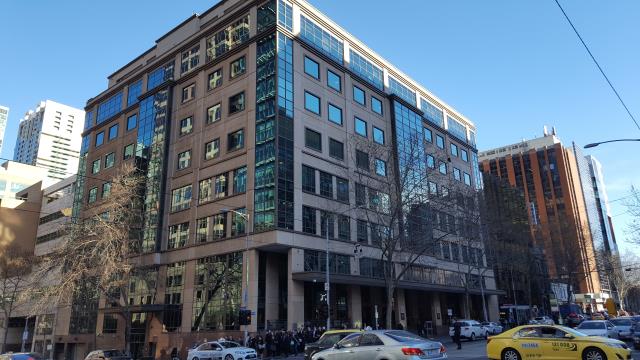Housing rental affordability in Greater Dandenong is at its lowest point in a decade for low-income tenants.
Overall, the region’s rental affordability index by National Shelter and SGS Economic and Planning sits in an “affordable” range at 161 but the market may not seem as friendly as they appear.
In comparison to the data a decade ago, in 2013 the municipality’s rental affordability was lower, sitting on 152 RAI.
But there are gaps in the market as some groups like singles on welfare and pensioners struggle significantly.
Homelessness agency Wayss’s general manager of homelessness and housing Shari McPhail said even property owners are facing the pressures of the market.
“In recent times, the prevalence of community members seeking assistance, due to the property they are renting being sold or that the owner of the property is moving in, has increased.
“The majority of our work was once assisting people who had fallen into rent arrears, or who required assistance with rent in advance to secure a rental property.
“This new trend indicates to us that the pressure being faced by property owners due to increasing interest rates and increased cost of living is now directly impacting the rental market.”
Greater Dandenong councillor Bob MIlkovic, a senior real estate sales agent and auctioneer for more than 10 years, said landlords are being “punished” by the government for trying to invest in the future.
“It’s sad to see the government in its blindness and stupidity.
“They were meant to do good however the government hasn’t run a business of any kind and are running in the opposite direction.
“People think landlords are filthy rich, it’s far from the truth.
“Around here there’s mums and dads with a little bit of money who decided to invest in the future and to cripple them in unnecessary tax and duties, is beyond belief.”
He says excessive state government intervention and pressures on landlords through new rental regulations is the biggest change that has affected the market.
“Rising interest rates is the icing on the cake.”
The Gen Z of Greater Dandenong are left grappling in search for an affordable one-bedroom dwelling in an “extremely unaffordable” rental market.
Over the decade, rental affordability in the region has never been tighter for single people on benefits.
The RAI for the group sit at a shocking score of 36 raising alarm as the lowest in a decade a drop of 16 from 52 in 2013.
Cr Milkovic said: “You can hear stories that makes you want to cry. These people don’t deserve it, they work hard.”
Similarly, students on the lookout for sharehouse accommodation will have a tough luck with RAI of 109, falling into the “moderately unaffordable” – the lowest in a decade.
Single pensioners also find themselves in the “severely unaffordable” range with a RAI score of 63.
A score below 100 indicate more than 30 per cent of income to access a rental dwelling meaning this group is at risk of experiencing housing stress.
On average 30 per cent of household income is spent on rent in a score of 100 RAI “indicating that these households are at a critical threshold for housing stress.”
Councillor Milkovic recalls the time he paid $95 for his rental.
“Never before has such a large percent of income gone towards rental.
“When I had my first job I was paid $650 weekly and my rental was $95, so it was really one sixth of the pay check.
“In today’s terms that would be $350 a week.”
According to Wayss, more people who’ve never accessed their services before are in need of assistance.
Its access point team leader Anita Jensen leads a team that provides services to people at risk or experiencing homelessness.
“My team are now seeing people who have never accessed our services before – working people who are having to decide whether to pay the rent or put food on the table, that they simply cannot afford to do both.”
As reported by Star Journal last month, SECL and other financial counselling services reported “unsustainable wait times,” voicing their need for urgent relief from the State Government.
Wayss also acknowledged the Victorian Housing statement as the “most significant housing policy direction in this state for decades.”
“We need to work with the government to ensure that the 800,000 homes to be built over the next decade are targeted in the right area to help alleviate the growing number of people experiencing homelessness with particular attention to the South East growth corridor’s neglected public and community housing stocks,” Ms McPhail said.
The annual State Government rental report further demonstrates the depth of the rental crisis.
The number of affordable lettings in Greater Dandenong for a single bedroom is scarce at only 1.3 per cent of available vacancies.
According to the report, there are only 58 (6.2 per cent) affordable lettings of all bedrooms currently compared to 132 a decade ago.
The quarterly median rent of June 2023 was $400 with only 836 available rentals compared to more than a thousand for $300 in the 2013 December quarter.
Greater Dandenong, home to 175,000 diverse communities, tops the state for homelessness as reported by Star Journal in March.
According to the Census data, homelessness in the municipality soared 22 per cent in the past five years with community organisations calling for extra affordable and social housing.
As one of the top welcoming cities for refugees, Cr Milkovic says opportunities are “diminished” due to the lack of rental affordability.
“Due to demographics and opportunities to get a job in the City of Greater Dandenong, we receive a lot of migrants looking for new fresh start in life.
“We see young men and women arrive in Australia. They want to get a job, young families come to Dandenong for work opportunities.
“However, that opportunity is being diminished by rentals being sky-high.”







